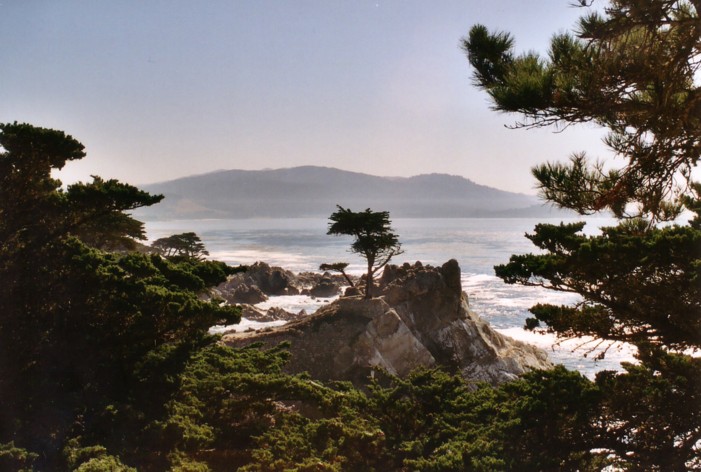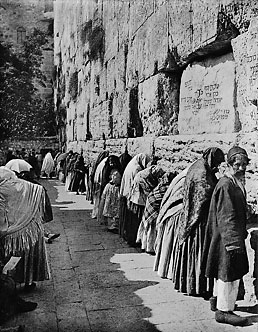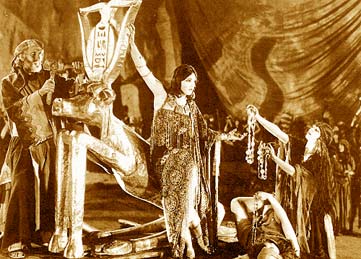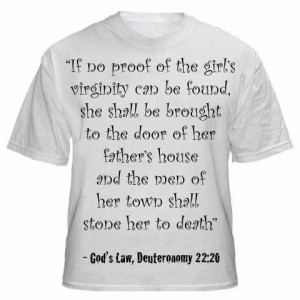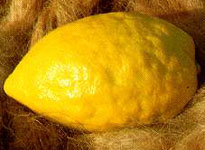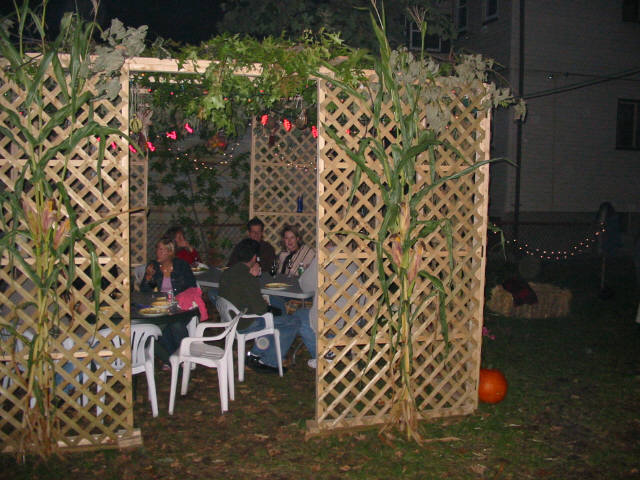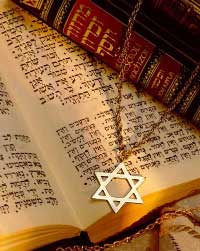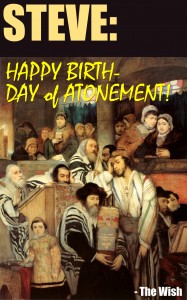Begins at sunset on April 18, 2011
Tonight Jews around the world celebrate Passover. The origin and the name of Passover goes back to the Egyptian days, when the Jews were slaves in Egypt.
According to the second book of the Torah, Exodus, God unleashed ten plagues upon Pharaoh and his people in an attempt to convince Pharaoh to emancipate the Hebrews. Or as the late great Charlton Heston said, to “let my people go.”
The last and deadliest of the ten plagues was the killing of the first-born male in every household. In the book of Exodus, God commands Moses to tell Jewish families to put the blood of a sheep over their doors, so that God would know to “pass over” the house, hence the name Passover.
The first nine plagues were:
1. Turning of the River Nile to blood:
“…and all the water was changed into blood. The fish in the Nile died, and the river smelled so bad that the Egyptians could not drink its water.”
Amazing as that sounds, Pharaoh was not impressed. His sorcerers/magicians could also duplicate the feat of turning water into blood. Apparently this was the three-card shuffle of ancient Egypt.
Scientists have put forth numerous theories to explain the seemingly supernatural forces of the plagues. One theory is that a then-active Ethiopian volcano poured sulfurous lava into the Nile, upstream from Egypt.
Another theory is that of the ‘Red Tide. Red tide is a common occurrence brought on by algae in salt water or in stagnant water, but rarely in free-flowing fresh rivers like the Nile.
Both theories would explain how toxic elements in the Nile altered the color of the water and killed the fish. The extermination of millions of fish that piled up on the banks of the river would have created the awful stench from the water and would have set off a domino effect that could account for several of the following plagues:
2. Frogs
God, a devout fan of P.T. Anderson’s Magnolia, smited Egypt with the plague of frogs:
“…and the river shall bring forth frogs abundantly, which shall go and come into thine house, and into thy bedchamber, and upon thy bed…”
Amphibians would have left the toxic polluted waters in vast numbers to take shelter on land, where they would die of dehydration.
3. An infestation of “Kinim”
Kinim is translated as Gnats, Lice, Fleas, or Mosquitos.
The dead fish and amphibians would have caused Insect populations to explode, accounting for how the “dust throughout the land of Egypt became “kimin.”
4. Swarms of Flies
The Hebrew word arov literally means “swarms,” though it doesn’t say swarms of what. It’s generally believed to be flies or mosquitos, though also translated as wild animals, rodents, or vermin. Any of these would have been present following the fish and frog catastrophe set off by a toxic Nile.
5. Disease upon the livestock and other animals.
Swarms of vermin, rodents, and mosquitos would increase the pestilence level, diseases which may have struck the livestock first. The King James Bible mentions horses, donkeys, camels, oxen, sheep and cattle.
6. Skin disease among people, commonly thought to be boils.
And then pestilence would have infected the people, taking the physical manifestations of painful boils.
Rabbinical scholars often looked at the first nine plagues as a trilogy of trilogies, much like George Lucas’s original plan for the 9-part Star Wars…
Continued in Passover, Part 2


